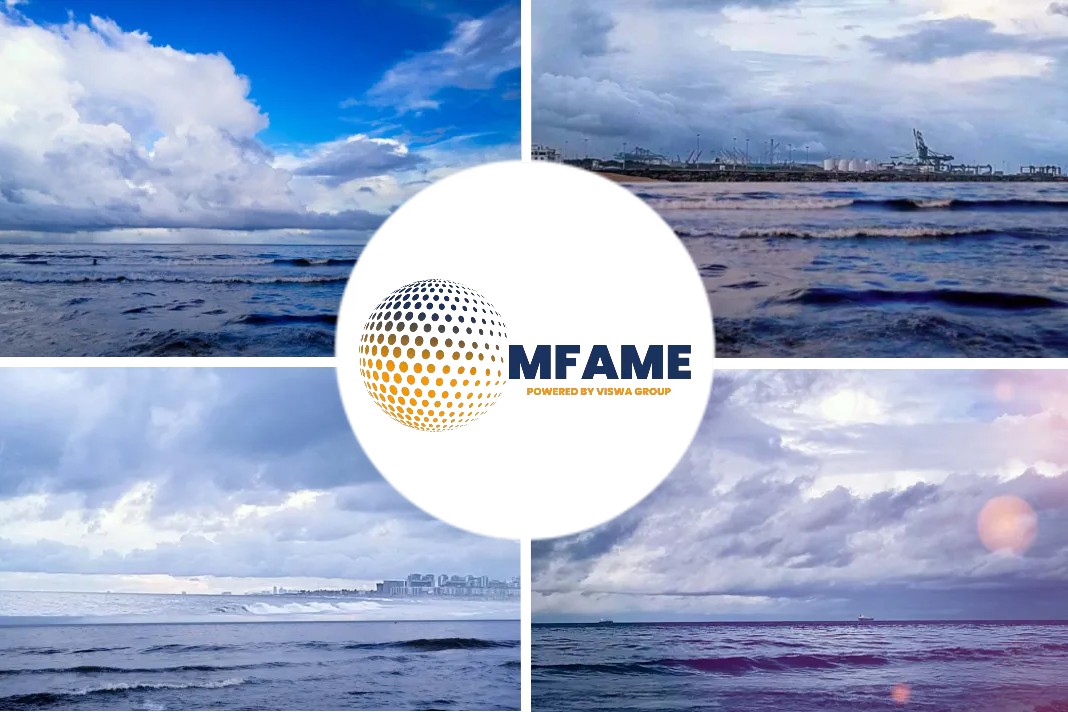COSCO Group will spend $4.9 billion to expand its fleet in a renewed quest to become the biggest marine transporter on the planet, says an article published on Nikkei Asia.
Carrying capacity
The group will allocate the funds from 2023 through the end of 2025 to bring in 32 container ships, expanding its carrying capacity by roughly 580,000 TEUs (twenty-foot equivalent units).
Boost capacity
COSCO had 512 vessels in its fleet at the end of June, amounting to 2.92 million TEUs.
If it does not scrap any ships, the investment would boost capacity by roughly 20%.
Reduce costs
“We’ll use the advantage of our scale to reduce costs and respond to the various needs of our clients,” COSCO Shipping Holdings, the group’s core listed subsidiary, said about the shipbuilding plans.
State-owned operations
Behind COSCO’s bet are the company’s long-held ambitions and a booming industry.
COSCO in its current form was born out of a 2016 merger of China’s first- and second-largest shipping companies, which was ordered by the Chinese government to raise the competitive advantage of state-owned operations through scale.
Global market share
In 2018, COSCO took over Hong Kong-based shipper Orient Overseas International Ltd., also known as OOIL, catapulting the group’s global market share to third place from sixth.
Company scale
COSCO’s chief at the time expressed the intent to further expand the company’s scale and add to its global share, making no attempt to conceal its aspiration to become the industry leader.
But its expansion campaign suffered from bad timing.
Cut cargo rates
At that time, the marine transport industry was grappling with excess capacity.
Shippers cut cargo rates in an attempt to fill their ships as much as possible.
Company retreated
COSCO Group bled heavily during that period, forcing a round of ship disposals and staff cuts.
Last year, the company retreated to fourth place after being overtaken by French rival CMA CGM.
Stay-at-home demand
But since them, some opportunities have arrived. Because of the stay-at-home demand during the pandemic, supplies for containers have remained tight since 2021.
Moreover, the Ukraine war has made it difficult to fly over Russian airspace, amplifying demand for overseas shipping.
Feeding frenzy
The international feeding frenzy for container ships has led to a spike in shipping rates, creating an unanticipated windfall for the industry. COSCO Shipping Holdings reported that net profit last year ballooned ninefold.
For this year’s first half, the company reaped record profit and revenue.
COSCO Group is taking advantage of these business conditions to expand its fleet, but there are risks to this move.
Expand their capacities
First, COSCO’s biggest rivals are acting on the same idea, and are ordering a slew of new ships.
The world’s top 10 shippers are expected to expand their capacities by as much as 10%-30%, according to the market intelligence firm Alphaliner.
Those new vessels are expected to be fully constructed and ready starting next year.
Competitive advantage
Economies of scale help reduce costs associated with management and container procurement.
Such shippers will have more leeway to accommodate clients’ demand for discounts, which would boost competitive advantage.
Industry pursuing scale
With the entire industry pursuing scale, marine shipping rates are showing signs of stabilizing.
The fare for one TEU shipped from Shanghai to Los Angeles in August last year was more than 7 times the level in December 2019, according to the Japan Maritime Center.
In July of this year, the cost came to $6,650, down 18% from January.
Buildup inventories
“Because of the buildup of inventories in the U.S., demand for transport from China and elsewhere has diminished,” said Takuma Matsuda, professor of commerce at Takushoku University in Tokyo.
“In Europe, energy prices have skyrocketed, so consumer confidence is on the decline.”
Pre-COVID levels
This view is echoed in the Japanese shipping industry.
“It depends on the routes, but we believe [freight rates] will fall to around pre-COVID levels in the first quarter of 2023,” Hisashi Umemura, chief financial officer for Mitsui O.S.K. Lines, said to reporters in July.
The company is an investor in the container joint venture Ocean Network Express (ONE).
Containership frenzy
“The containership frenzy will return to normal by the end of the year,” said Hitoshi Nagasawa, president of Japanese shipper Nippon Yusen.
Industry downturn
If shipping rates continue to decline, that could lead to an oversupply of ships and another industry downturn.
In that light, it appears that large shippers will actively turn to buyouts as a means for survival.
Industry shakeup
Swiss-headquartered MSC leaned on acquisitions to replace Denmark’s A.P. Moller-Maersk, the longtime leader, as the world’s top shipper in 2021.
“An industry shakeup will occur in the next slump,” said an industry source.
Shipper faces challenges
Furthermore, COSCO’s bid to become the world’s top shipper faces challenges unique to Chinese state-owned enterprises.
With many companies under China’s umbrella targeted by U.S. sanctions, any attempt by COSCO for an overseas purchase may be met with resistance from local authorities.
Acquisition strategy
“The tensions between China and the West are a disadvantage to COSCO’s acquisition strategy,” said a shipping industry source.
Did you subscribe to our daily Newsletter?
It’s Free! Click here to Subscribe
Source: Nikkei Asia

























